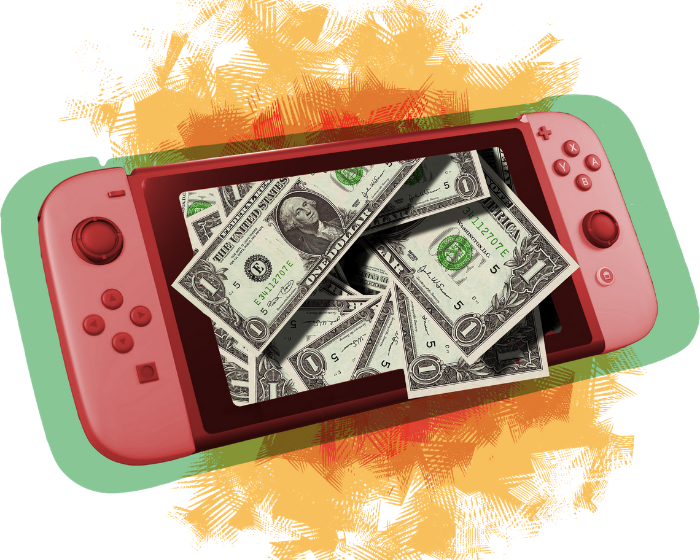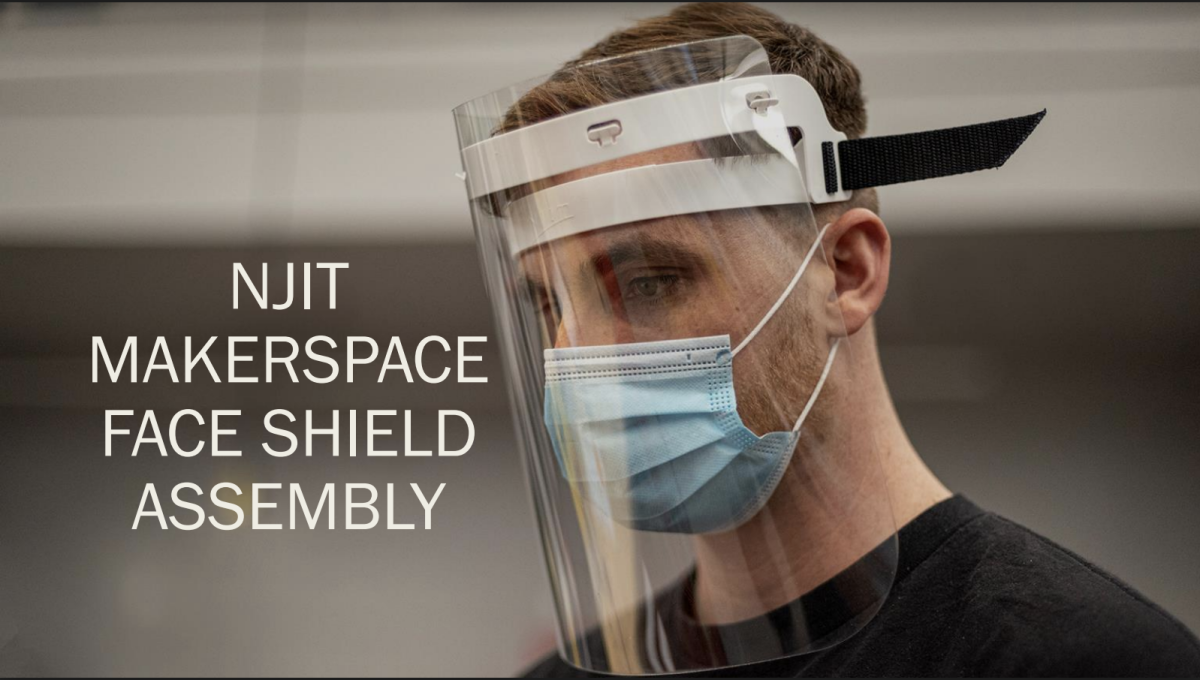Awais Qazi
Apple’s proprietary mobile software is often compared to Google’s Android software. Both operating systems have been around since 2007. Since then, both companies have branched out in many ways, both very similarly and very differently.
For example, Apple has maintained a relatively closed source with iOS, whereas Android is heavily open sourced and encourages customization. Apple prefers to keep its operation interface and design clean and simple. All of the groundwork is laid out for their consumers already. On the other hand, with Android, the groundwork is laid out for you, but it allows users to customize settings to their liking.
Both operating systems have dedicated media players, messaging apps, marketplaces, and every other necessity expected in a smartphone. With iOS, it’s difficult to stray from the dedicated apps. This works well if you own multiple Apple products. Since the apps used are universal among every operating system; your experience across multiple iOS or OS X devices is seamless. You can start working on something on your phone, then pick up your Mac and pick up exactly where you left off with exceptional ease using the new HandOff feature.
With Android, different smartphone manufacturers load devices with different dedicated apps. Because of this, compatibility is difficult. Google is trying to create a relatively similar experience among every Android device, however, because manufacturers are allowed to overlay Android with their own interfaces, creating a universal experience and compatibility among devices is more complicated.
Despite this, there are still many positive outcomes from choosing an Android device. Consumers have hundreds of options when choosing an Android smartphone; whereas they only have a handful when choosing from iOS. This results in the consumer being able to choose a smartphone that fits them best; be it one with a large display fit for consuming media, or one with a larger keyboard for typing out emails. With a wider variety of options, Android allows consumers to choose a more customized phone to cater to their needs.
Performance-wise, both operating systems are fluid and full of eye-catching animations. Both high-end Android smartphones and top of the line Apple iPhones perform with little to no lag. One exceptional aspect of iOS is iMessage. This application allows users of Apple devices to communicate quick and easily whenever they are connected to the internet. Google has its own competitor to that, Google Hangouts, which allows many google users to create video group calls and chats. However, Apple has done better with marketing and establishing an overall clean look to its messenger.
What truly sets Android apart from Apple is its customizability in software. Users can have widgets showing live information, and can run multiple home screens, as well as how these screens are oriented. Android has live wallpapers and other features to make the experience aesthetically pleasing.
Both operating systems have their positives and negatives. Overall, it all comes down to the preference of the user—is it something customizable and pleasing to the eye that’s desired, or something which works quickly and efficiently? Perhaps, for a new smartphone designer, becoming a strong competitor in this market would be to create a phone which trumps Apple and Android in efficiency and customization. Until then, there is no answer for which smart phone is best.






























